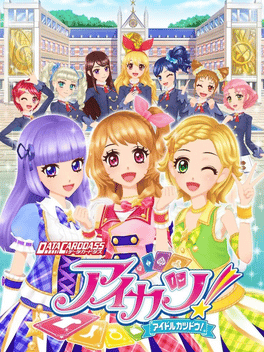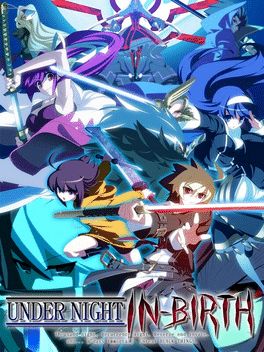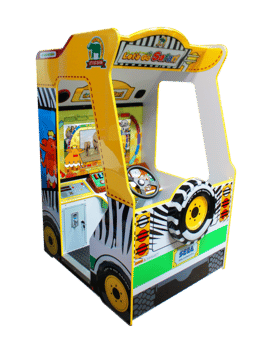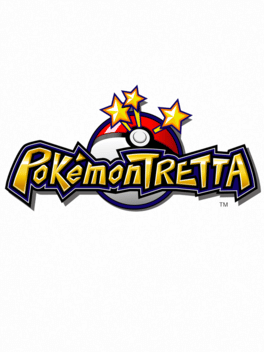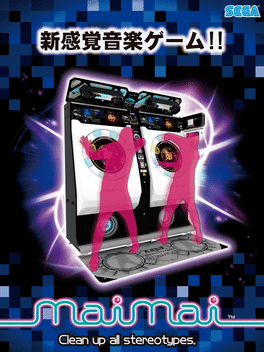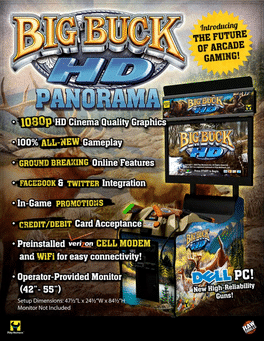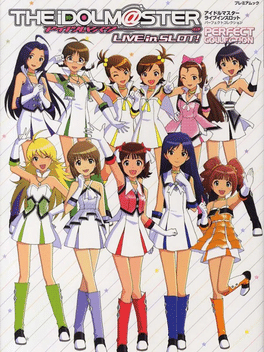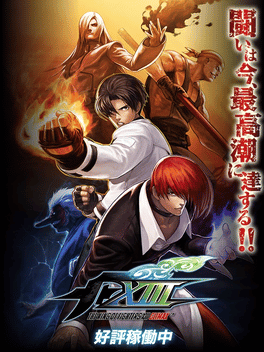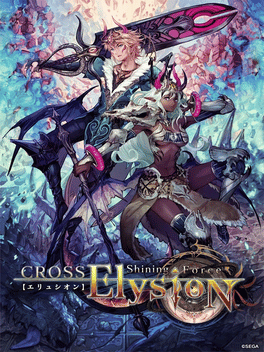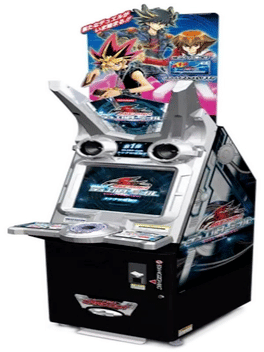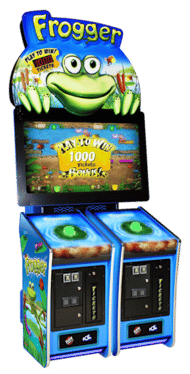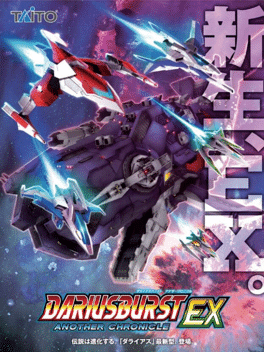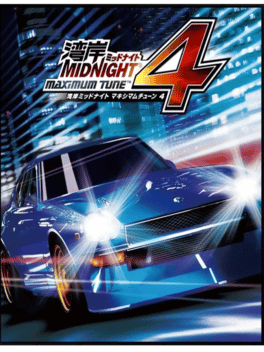New Arcade Games - Page 23
-
World Club Champion Football: Intercontinental Clubs 2011-2012
2012
World Club Champion Football: Intercontinental Clubs 2011-2012 is a soccer arcade game developed by Panini and Sega R&D1 in 2012. -
Aikatsu!
2012
-
Jubeat Saucer
2012
-
Under Night In-Birth
2012
Under Night In-Birth
2012
Under Night In-Birth is a 2D fighting game co-developed by Ecole Software and French-Bread. It received many updates for adjustments and characters. -
Let's Go Safari
2012
Let's Go Safari
2012
Let's Go Safari, is an educational arcade game which teaches young children about wildlife. It is part of the Let's Go! series. -
Dark Escape 4D
2012
Dark Escape 4D
2012
Dark Escape 4D is a fixed-gun arcade game for 2-players with a closed booth setup that has multiple built-in elements connected to the game. It has heart rate sensors in the gun handles, built-in air blowers in the front and back of the cabinet, rumble seats, surround sound speakers and a 3D visuals mode for use with the provided glasses. The game has 4 stages to choose from with a final 5th stage unlocked for clearing them in one session. -
Pokémon Tretta
2012
Pokémon Tretta
2012
Pokémon Tretta is an arcade game developed by Takara Tomy A.R.T.S. and Marvelous AQL, which also developed the Pokémon Battrio arcade game. Officially announced on April 18, 2012, Pokémon Tretta was rolled out nationwide in Japan in early July, phasing out the majority of retired Battrio machines. The arcade machines became fully operational on July 14, 2012 with the release of the first set. The machines are also available in Taiwan in Traditional Chinese and in the Philippines, Indonesia, Malaysia, Singapore, Thailand, and Hong Kong in English. Like its predecessor, Pokémon Tretta focuses on three-on-three Pokémon battles that require special tiles, called Tretta, that depict one of the various Pokémon species in order to play. Unlike Battrio however, Tretta incorporates searching and capturing Pokémon in various locations. Pokémon caught in-game are dispensed for players to use in other battles, or to add to their collection. -
Gunslinger Stratos
2012
Gunslinger Stratos
2012
First instalment in the arcade series "Gunslinger Stratos": it is a third-person shooter developed by Byking (subsidiary of Taito) and published by Square Enix. The players fight in 4 VS 4 online matches. The series counts four games (three already published plus the announced Reloaded) and an official anime. -
Maimai
2012
-
Big Buck HD
2012
-
The King of Fighters XIII Climax
2012
A new version of KOFXIII, including the characters introduced on the console ports, as well as new revisions, was released in Japanese arcades on April 26, 2012, under the name The King of Fighters XIII Climax. -
Card de Renketsu! Densha de GO!
2012
Card de Renketsu! Densha de GO! is a train simulator arcade game by Taito released on April 19, 2012 for the 15th anniversary of the Densha de GO! series. For the first time in the series, the player uses cards to compose his train. -
Yu-Gi-Oh! 5D's Duel Terminal 6
2012
The Duel Terminal was designed by Konami to assist in introducing the then new Yu-Gi-Oh! 5D's anime to new and existing players. The Duel Terminal itself looks like a traditional arcade machine and has a variety of game modes, using cards from the Yu-Gi-Oh! Official Card Game. Players can either use a Deck chosen by the system, or the Duelist can use his/her own cards. -
Sound Voltex
2012
Sound Voltex
2012
A new rhythm arcade game by Konami that features a unique control booth and user-made content. -
Frogger
2011
Frogger
2011
ICE’s 2 player skill redemption game will have locations leaping for Frogger! The smash hit arcade classic, officially licensed by Konami, has been transformed by ICE and Raw Thrills into a spectacular “must have” piece for any location. Frogger boasts eye catching graphics on a vivid 42” horizontally mounted LCD panel, vacuum formed marquee, combined with a beaming 2 player podium style control panel. This instantly make’s Frogger one of the most identifiable and sought after games for children and parents alike. Players release Frogger on a quest to reach the Bonus Lilly Pad by pressing the flashing vacuum formed button. Tickets are awarded by eating bugs and added bonuses along the way. Timing and skill are everything, players must watch for passing bugs, floating logs, and swimming turtles if they want Frogger to reach the coveted lilly pad. -
Dariusburst: Another Chronicle EX
2011
Dariusburst: Another Chronicle, or Darius Burst: Another Chronicle, is a shoot em up video game released in 2010 for Arcades, and a remix of Dariusburst. The game was largely expanded upon and rereleased in 2011 as Dariusburst: Another Chronicle EX. It was later included as a extra mode in Dariusburst Chronicle Saviours.

